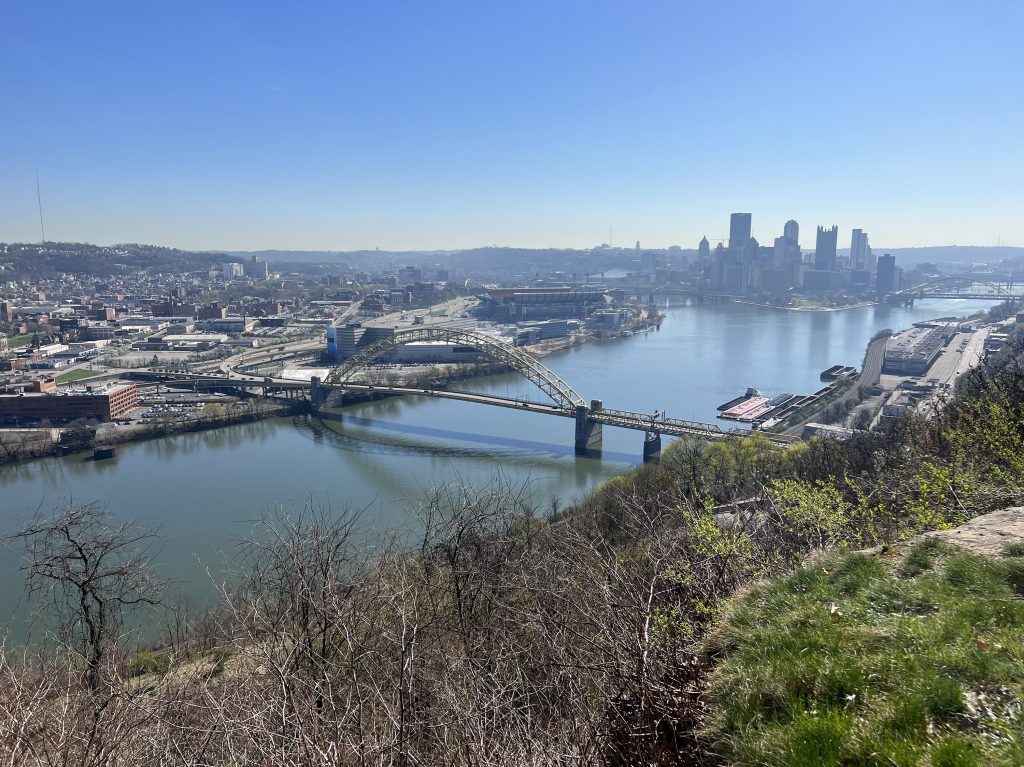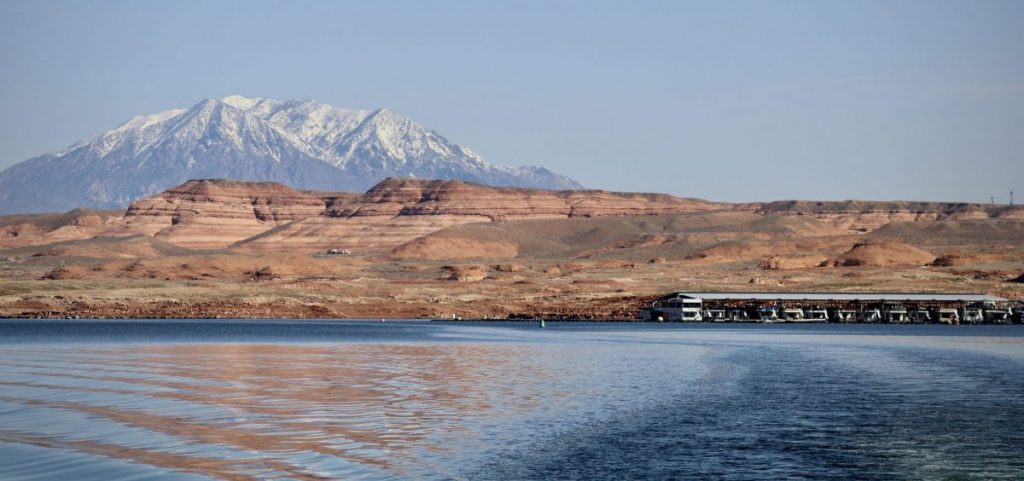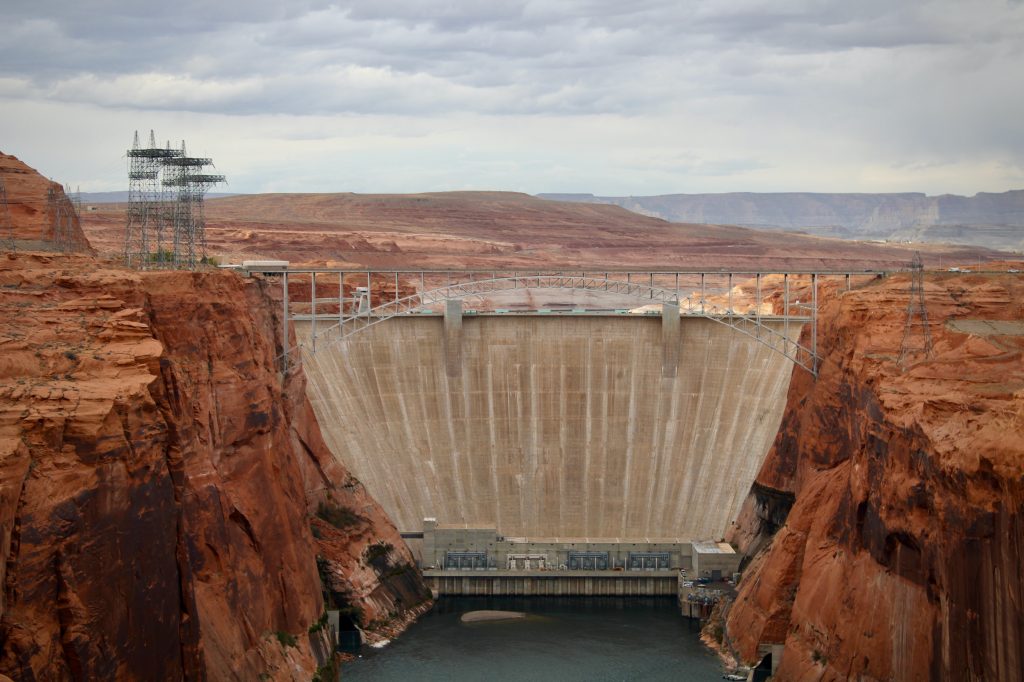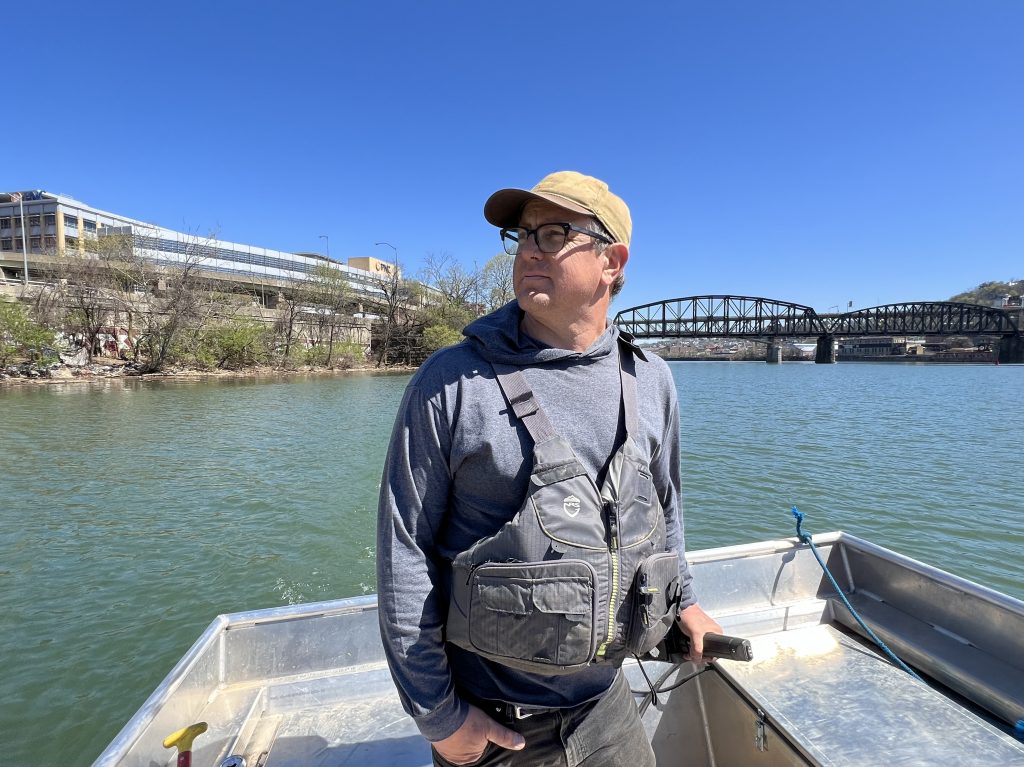News
The Colorado and Ohio rivers are among the ‘most endangered’ in America. Here’s why
By: Seyma Bayram | NPR
Posted on:

This was during the 1960s and 1970s, when industrial plants still dominated the city’s waterfront. Pittsburgh’s steel, coal, petroleum and other industries had long sustained the local economy, but they also released pollution into the water.
Baumgartner still remembers the smell.
“It had a sweet, different smell. It wasn’t fresh water,” she said. “But, you know, you just got used to it.”
Many of those industries have largely disappeared. Baumgartner, however, assumed the Ohio River was in good health.
“To me, the river looks a lot more healthy now than it did back then,” Baumgartner said.
The Ohio River forms in Pittsburgh’s backyard, where the Allegheny and Monongahela rivers converge to create a waterway that spans nearly a thousand miles to Cairo, Ill.
The river is much healthier than it was 50 years ago. Congress passed groundbreaking legislation, the Clean Water Act, in 1972, which helped to clean up polluted waterways like the Ohio River.
But the river — which supplies drinking water to 5 million people and is home to more than 150 species of fish — is still under threat, according to a report released this week from the conservation advocacy organization American Rivers.
For nearly four decades, American Rivers has been identifying the most endangered rivers in the U.S. The conservation group creates its annual list after sifting through nominations from concerned groups and citizens. American Rivers assesses which rivers to highlight based on the importance of the rivers to communities and ecosystems, the severity of the threat and whether the public can help rehabilitate a river.

The Colorado River supplies millions of people throughout the West with water for drinking and agriculture. Prolonged drought exacerbated by climate change, however, has left the river’s reservoirs precariously low. That means there’s less water to send past Glen Canyon Dam and into the Colorado River, which flows through the Grand Canyon. States that rely on the river are negotiating tough water cuts — and if they can’t agree, the federal government will intervene.
Just like the Colorado River, climate change also threatens the Ohio River, along with legacy pollution and new industrial pollution.
“Protecting this precious resource [Ohio River] is essential to ensuring the endurance of cultural identity, historical significance, biodiversity, vibrant river communities, and safe drinking water,” American Rivers’ report states.
The organization is calling on Congress to designate the Ohio River as a federally protected water system, which would help fund its restoration.
“At the heart of this, there’s great risk and there’s great opportunity,” said Heather Taylor-Miesle, senior vice president of advocacy and regional conservation at American Rivers. Protecting the Ohio River, she said, should be a priority because it will become an even more crucial freshwater source as other parts of the country, like the West and Southwest, struggle with water scarcity and drought.

Threats to the Ohio River
Though Pittsburgh’s coal, petroleum and steel industries have mostly disappeared, the toxins that they released into the waterways — such as mercury and PCBs, among other chemicals — still linger today and can cause neurological and reproductive issues in fish. People and animals that consume fish with high levels of mercury or PCBs are also at higher risk of developing neurological or reproductive impairments or cancer.
New industries have moved into the Ohio River Basin and have permits to release a certain level of pollution into waterways. Environmental groups, however, are concerned that the permit limits are being exceeded. In 2020, the Environmental Protection Agency considered the Ohio River Basin one of the most toxic watersheds in the country.
“It receives the highest burden of toxic discharges than any other watershed in the country. Let’s keep in mind a lot of those are permitted discharges,” said Emily Elliott, who directs the Pittsburgh Collaboratory for Water Research, Education, and Outreach at the University of Pittsburgh.
There are currently about 40,000 active discharge permits in the watershed.
“None of these industries, regardless of how important they are to the economy, should get a free pass to pollute,” Elliott said.
Human-caused climate change also contributes to the degradation of the river’s health because it leads to more frequent and heavy rainfall. Pittsburgh’s combined stormwater and sewer system overflows when it rains a lot, and that sewage seeps into the Ohio River, creating toxic algae blooms that are harmful to life in the river and to people.
During heavy rainfall, roughly 630 miles, or two-thirds, of the Ohio River isn’t safe for recreation because of sewage, agricultural runoff and other pollutants, according to the Ohio River Valley Water Sanitation Commission.
That’s not the only threat, though. In early February, a train carrying a flammable chemical derailed in East Palestine, about 16 miles from the Ohio River. The accident released butyl acrylate into nearby streams that flow into the Ohio River.
The train derailment in East Palestine is a reminder that rivers, like the Ohio River, are used to transport materials, including hazardous ones, in barges or on freight trains that cross or move alongside it. Anytime hazardous materials are released into the environment, that can have devastating consequences for life in and around the river.

Protecting the Ohio River Basin
The federal government funds ecosystem restoration projects for other watersheds, like the Chesapeake Bay, the Great Lakes and the Florida Everglades. The Ohio River Basin Alliance, a voluntary collaborative between more than 130 stakeholders including local, state and federal agencies, is working on a plan for the Ohio River Basin that it plans to deliver to Congress and the Biden administration this year. The goal is to eventually get funding to implement a similar restoration project in the basin.
“There are all these funding opportunities that scientists can apply for to do research on those basins. But we don’t have anything like that in the Ohio River,” said Elliott.
She explained that designating the Ohio River as a federally protected water system would open the door for more funding for scientific research to help people, especially future generations, to understand the challenges facing the watershed and how to protect it.
Environmental organizations, like the Pittsburgh-based Three Rivers Waterkeeper, want to see industrial polluters be held accountable.
“When it comes to pollutants entering our waterways, we need to demand that our clean water laws are enforced. We actually have really amazing clean water laws. The problem is we don’t always enforce it,” said Heather Hulton VanTassel, executive director of Three Rivers Waterkeeper.
The nonprofit regularly patrols the Ohio River for plastics and tests the water quality. The group also teaches local communities how to spot and report pollution, and about the importance of their river.
“It’s a source of food and this source of abundant — and, relatively rare on the global scale — fresh water. It just deserves a lot of protection and love and realizing how amazing this all is,” said Evan Clark with the organization.
Fresh water is where we get our drinking water from and it’s the water we use to grow crops. Only 2.5% of Earth’s water is fresh water. And as climate change and pollution threaten water supplies, experts say it’s critical that we find ways to protect it.
“Water scarcity at this point is not our issue for a place like the Ohio [River], but it will be in the future if we’re not smart with the way that we do things,” Taylor-Miesle said.
9(MDU1ODUxOTA3MDE2MDQwNjY2NjEyM2Q3ZA000))

